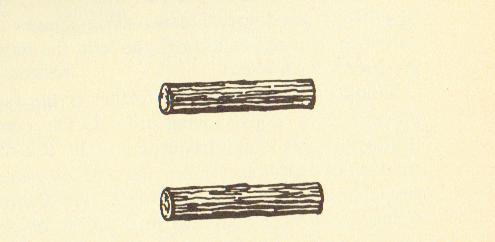Optical Illusions
NOTE: My notes on modernity, modernism, post-modernism, etc are on the pages: -[Post-post-modernism]- -[Post-911 Era]- See also: [Negative Space] [Art Theory] [Art Concepts] [Modernism] [Post Modernism] [Art THINGS] (sort of a catch-all) [Film] [Art Materials] [Art Technique]Optical Illusions
The Top Hat Illusion An importnat point is that we also see those lines which we are used to seeing. It has been recently that people who live most of their lives in the plains (eg, deserts, mesas) see the objects differently and the top hat illusion for them simply doesn't exist. They see it as equal in height and width. This also goes back to the illusion that the Moon near the horizon looks larger - simply because we judge it to be farther away and our eyes "force the perspective" and make it look larger than over head. Source: Ruch and Zumbardo, 276-280. Ruch, Floyd and Zimbardo (1971). Psychology of and Life (8th edition). Glenville, Illinois: Scott-Foresman. The oddest (or not) thing is that the whole idea of an optical illusion was so new (in 1967-71) that Ruch and Zimbardo (that crazy Hep Cat and Hippy) didn't even list OPTICAL ILLUSION in index, and they are treated under "illusion" as a part of perception: Perception, ... Iluusion, 276. In fact at this point the whole "twinkling of the stars" wasn't even seen as an illusion. Although, the "moon size" illusion was.Forced Perspective
Actually, this is just how we are trained to see things. We see train tracks (see below) and we see two parallel lines going off into the distance. But, in reality we are shown: / \ which are two slanted lines. So, we "learn to see thins as we expect them to be: /\ /\ /\ || pine tree? / \ / \ / \ (the road ahead? - see the self-symbols for the Honda, Accura, and Infiniti for a // - parallel). See also: -[Trade Marks]- The "railroad track" illusion:Removing the "optical clues" \
